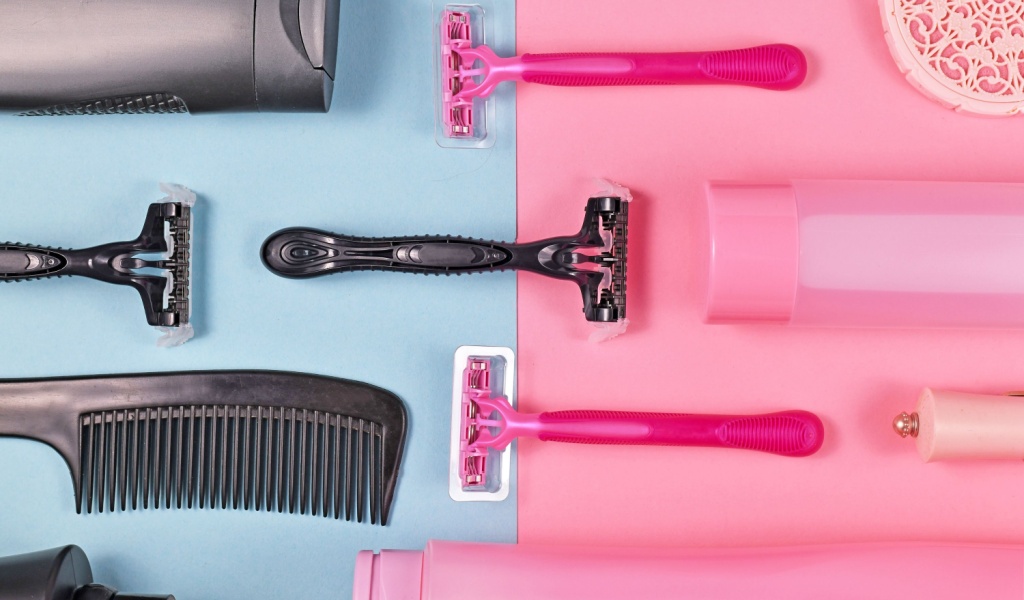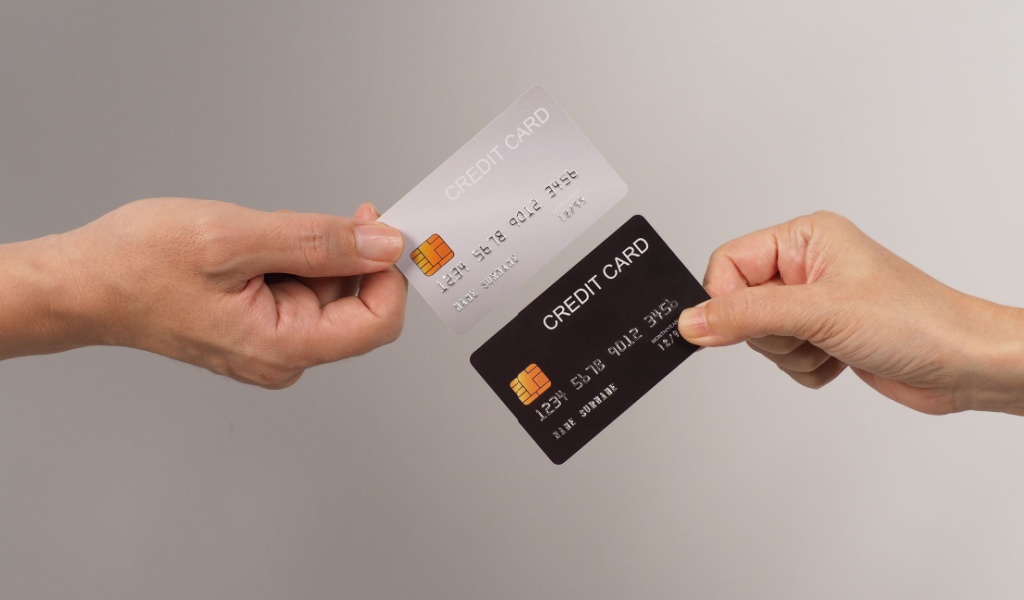Both men and women buy and use similar products in their daily lives. However, you may have noticed that consumer products marketed for women are usually more expensive than those sold for men. This gender discrimination in terms of pricing is called the ‘Pink Tax,’ although it is not a government-mandated tax but one that manufacturers and marketers impose.

This gender-based disparity in price is common across many sectors, but more so in personal care products such as lotions, razor blades, soaps, etc. It’s common to see that the same brand of shampoo could be priced higher for women than men, and this is when you’ve seen the pink tax in action. This gender-specific pricing puts a lot of financial burden on women, particularly when inflation continues to rise, and prices increase even further.
A government study in the United States analyzed 800 gender-specific products from almost 100 brands. The report concluded that personal care products for women were 13% more expensive than similar men’s products, while adult clothing and accessories were 8% and 7% more expensive, respectively. This means that women are paying thousands of additional dollars throughout their lives to buy similar products as men.
How Does Pink Tax Affect Women?
This gender-specific price discrimination can have profound financial, practical, physical, and mental implications for women. Data shows that women still earn 20% less on the dollar than their male counterparts. However, women are more likely to spend money on necessities such as healthcare and clothing.
As previously discussed, female products are more expensive than men’s and are taxed as luxury items. The financial impact this can have on women is very significant!
For example, the ever-increasing costs of period products have caused what is called “period poverty,” where one in four women cannot afford menstrual products. When they cannot afford good-quality hygiene essentials, they will get cheaper or out-of-date versions from dollar stores. Discount stores sometimes sell products with hazardous chemicals, which are common in cheaper versions of the product. As a result, women end up putting toxic chemicals inside their bodies, which can lead to several health issues, such as congenital disabilities, diabetes, and learning disabilities, among many others.
In addition to the health issues this brings along, there are many mental health implications of this, too. When women are forced to buy low-quality, discounted products, they can feel unvalued and marginalized. Although we have progressed significantly in terms of gender equality, things like the pink tax can push the narrative of men being considered superior to women. The pink tax scheme forces women to buy things at a higher price point, meaning women are considered less than men. This is particularly true when it comes to the period product industry because women need tampons and pads every month.

Of course, the pink tax puts women at a disadvantage, and the gender/racial pay gap means that women of color end up with less purchasing power than white women. As per statistics reported by the US Government Accountability Office, black women earn 63 cents for each dollar a white man earns, and a Hispanic woman earns 58 cents for each dollar a white man earns. Moreover, black households have lower median wealth than white households, and they are also more likely to work in lower-paying service jobs in addition to being more likely to have federal student loans.
Another group of women affected by the pink tax is disabled women, who earn 67 cents for each dollar a disabled man earns. Their lifetime earnings are also much lower than their male counterparts. Consequentially, this means that disabled or older women will undoubtedly find it difficult to afford products that come under the pink tax. To cite an example here, canes were 12% more expensive for women than men – which is just a ridiculous reality!
Final Thoughts
Those who argue that the pink tax should stay in place give reasons for doing so. They say that women’s products are packaged differently and marketed more, and the costs associated with imports are reasons for additional charges. Moreover, they also claim that women are more concerned about the products they use than men, and this tax is due to the value women’s items bring to the table. A stereotype like this is a disservice to women, but maybe more so to men! And it also makes one question the ethical nature of the pink tax.
From whichever angle you see it, the pink tax is very unfair on women. Data shows that a woman ends up paying an additional $1,300 every year due to the pink tax. Thankfully, efforts are underway to eliminate it. The United Nations has requested countries across the world to take the necessary steps to eliminate the pink tax and ensure that women have equal participation in the economy.
Efforts to curb gender inequality have made significant progress over the years, but discriminatory practices like the pink tax serve as a reminder that we still have a long way to go. We, as consumers, should challenge these unfair practices by voicing our disapproval to bring about a change and ensure that everyone, irrespective of gender, gets to enjoy the same benefits!



